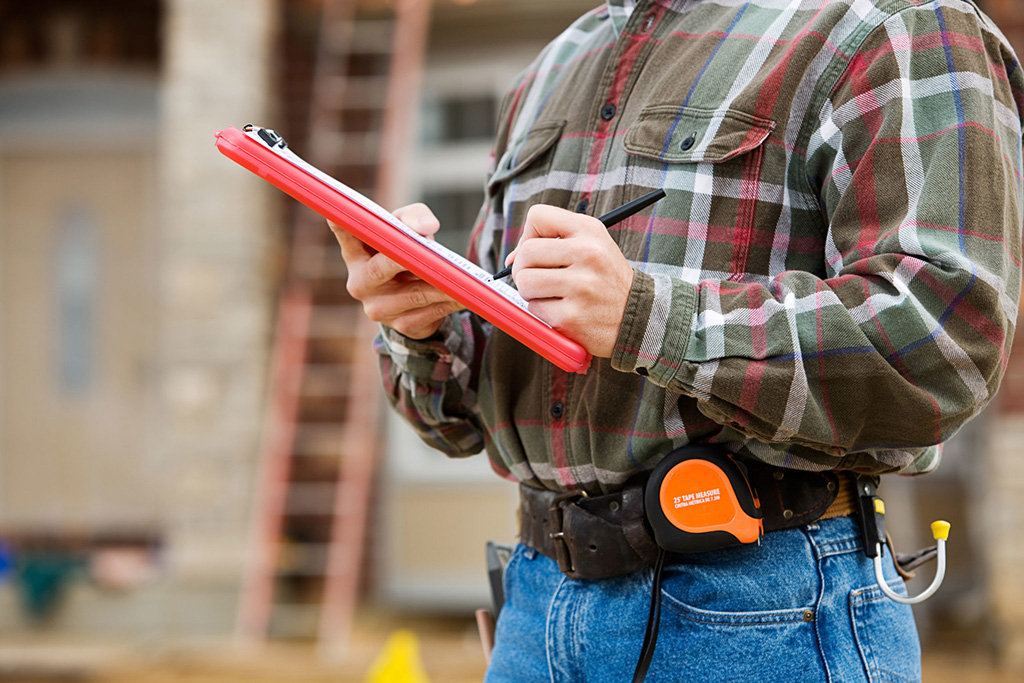Highly Recommended Roof Inspection Company for Comprehensive Roofing Evaluations
The Crucial Overview to Roof Covering Inspection: Safeguarding Your Home Against Common Damage
Routine roof examinations are a vital component of home upkeep that can prevent small issues from rising into considerable problems. As we check out the common indications of roofing system damage and effective upkeep approaches, it comes to be obvious that a positive strategy is important for securing your investment.
Relevance of Routine Roofing Inspections
Routine roof assessments are crucial for preserving the honesty of a building's structure. These examinations serve as a positive action to identify prospective problems prior to they escalate into expensive repair services or substantial damage. By conducting routine examinations, building owners can guarantee that their roofs stay in ideal problem, consequently lengthening their life-span.
During these inspections, various elements are examined, consisting of the condition of roof shingles, blinking, and drain systems. Furthermore, the existence of particles, algae, or moss can be discovered, enabling prompt removal. Attending to minor issues early can stop a lot more substantial issues, such as leaks or structural deterioration, which may endanger the safety and security of the structure.
Additionally, routine roofing system evaluations add to power effectiveness. A well-kept roofing system minimizes warmth loss throughout chillier months and decreases the strain on heating and cooling down systems. This, subsequently, can result in lower energy expenses and a decreased carbon impact.
Typical Signs of Roof Damages
Determining common indicators of roofing system damages is necessary for property owners to maintain the safety and security and durability of their residential or commercial property. Among the most noticeable indications is the presence of missing out on, broken, or crinkled shingles. These problems can compromise the roof covering's stability, bring about leaks and more wear and tear. In addition, granule loss, commonly visible in rain gutters or on the ground, signals that tiles are aging and shedding their protective abilities.
Another important indication is water stains on ceilings or walls inside the home, which typically suggest leakages stemming from the roof. House owners need to also examine for mold and mildew or mold development, as these can grow in damp conditions triggered by roofing leakages.
Blinking around smokeshafts and vents should be checked for rust or damage, as malfunctioning blinking can permit water to pass through the roof covering framework. Finally, sagging areas on the roof surface may suggest structural issues, warranting immediate attention. By acknowledging these signs early, property owners can take proactive steps to address roof damages, inevitably guarding their home from pricey repair services and making sure a long lasting roofing system.
Seasonal Roof Covering Upkeep Tips
Acknowledging the signs of roof damages is simply the first action in making certain the durability of your roof; ongoing upkeep is similarly important. Seasonal roof covering upkeep is important to not only expand the life of your roofing system Click This Link but additionally to stop costly fixings down the line.
Throughout spring, evaluate your roofing system for any indicators of winter season damages, such as broken shingles or displaced blinking. Clean rain gutters and downspouts to ensure correct drainage. In summer season, check for moss or algae development, and consider using a protective sealer to prevent wetness accumulation.
As autumn strategies, eliminate fallen leaves and debris from your roofing and gutters. This will certainly aid reduce the threat of water pooling and prospective leakages. It's likewise a great time to take a look at the roof for any type of indicators of wear, such as loose roof shingles or rusted blinking.
DIY Roofing System Assessment Checklist
A detailed do it yourself roof covering inspection list is essential for homeowners looking to maintain the integrity of their roofing system. Begin by examining the roofing system surface for any noticeable indicators of damages, such as missing out on, broken, or curling shingles - Hail Damage Roof Inspection. Pay attention to areas around vents, chimneys, and skylights, as these are typical leakage factors

Relocating to the inside, examine the attic room for indicators of water intrusion, such as spots or mold and mildew development. Guarantee appropriate air flow to avoid wetness build-up, which can lead to wear and tear.
## When to Work With a Professional
While several homeowners can conduct fundamental roofing examinations, certain situations call for the expertise of a professional. If you discover considerable damages, such as check this huge missing out on tiles, noticeable sagging, or water discolorations on the ceiling, it is crucial to seek advice from a certified roofer. These issues may indicate underlying structural problems that require immediate attention.
Additionally, if your roof is nearing the end of its anticipated life-span-- typically 20 to 25 years for asphalt shingles-- it is a good idea to have a specialist analysis. Experienced assessors can examine the roofing's condition and offer informed referrals on fixing or substitute.
Serious weather occasions, such as hailstorms or hefty winds, likewise necessitate professional analysis. Also minor damages can cause considerable problems if left unattended. If you're taking into consideration purchasing or marketing a home, a specialist evaluation can reveal potential problems that might affect the deal.
Final Thought
Normal roof covering examinations are essential for keeping the honesty of property frameworks. Prioritizing roofing system inspections ultimately adds to a protected and safe living setting.

During springtime, evaluate your roof covering for any signs of winter season damage, such as split tiles or displaced blinking. Begin by checking out the roof surface important source for any visible signs of damage, such as missing out on, broken, or curling roof shingles.